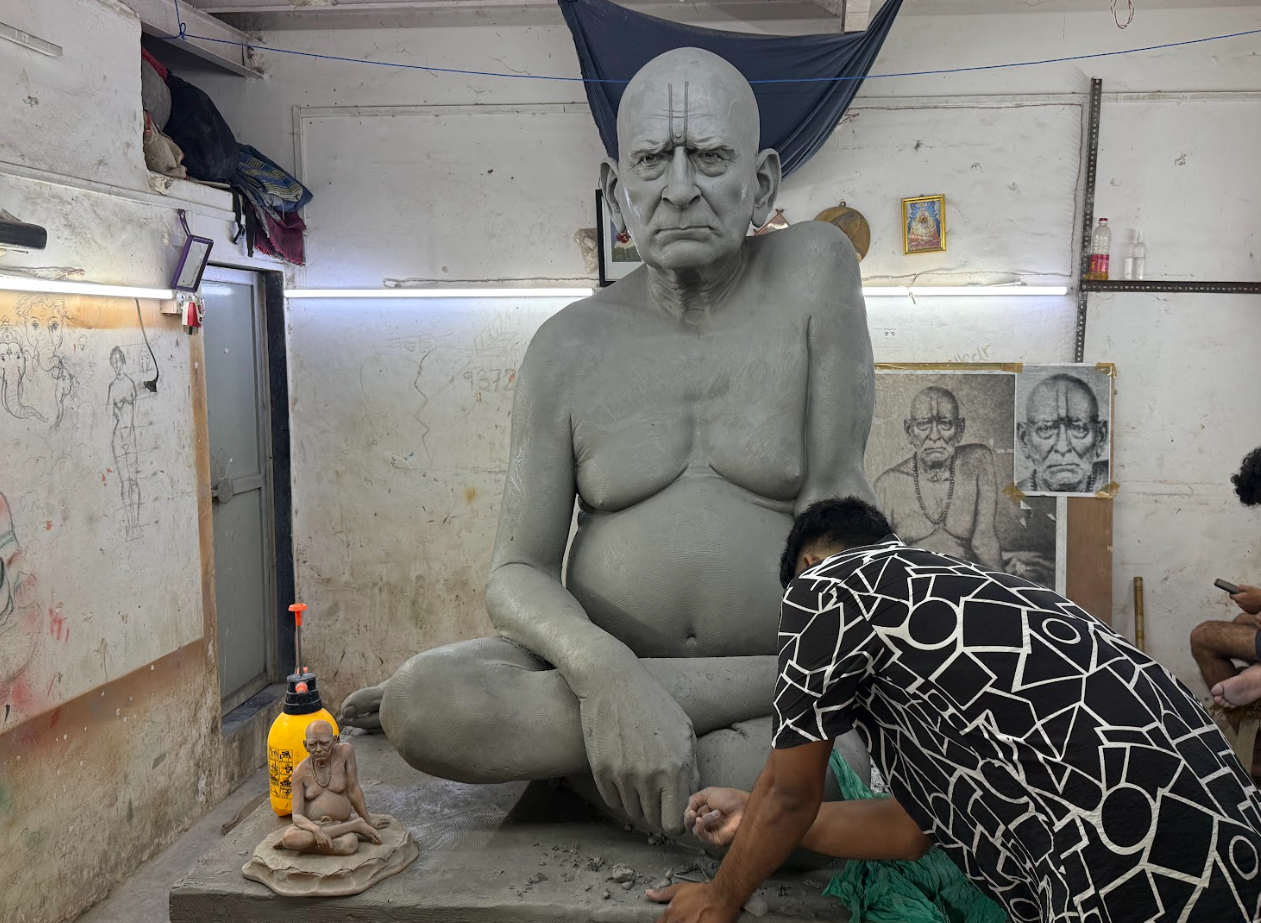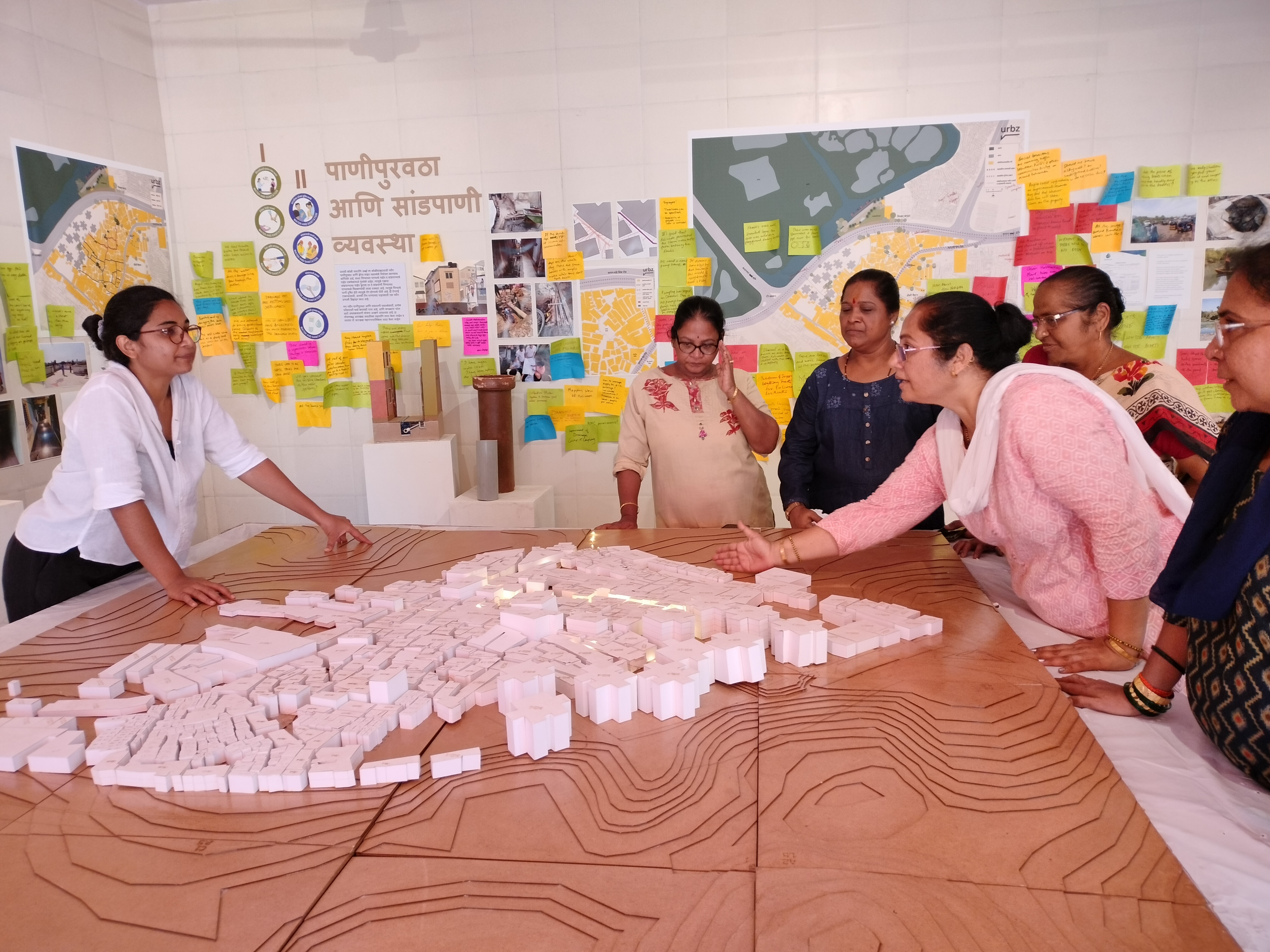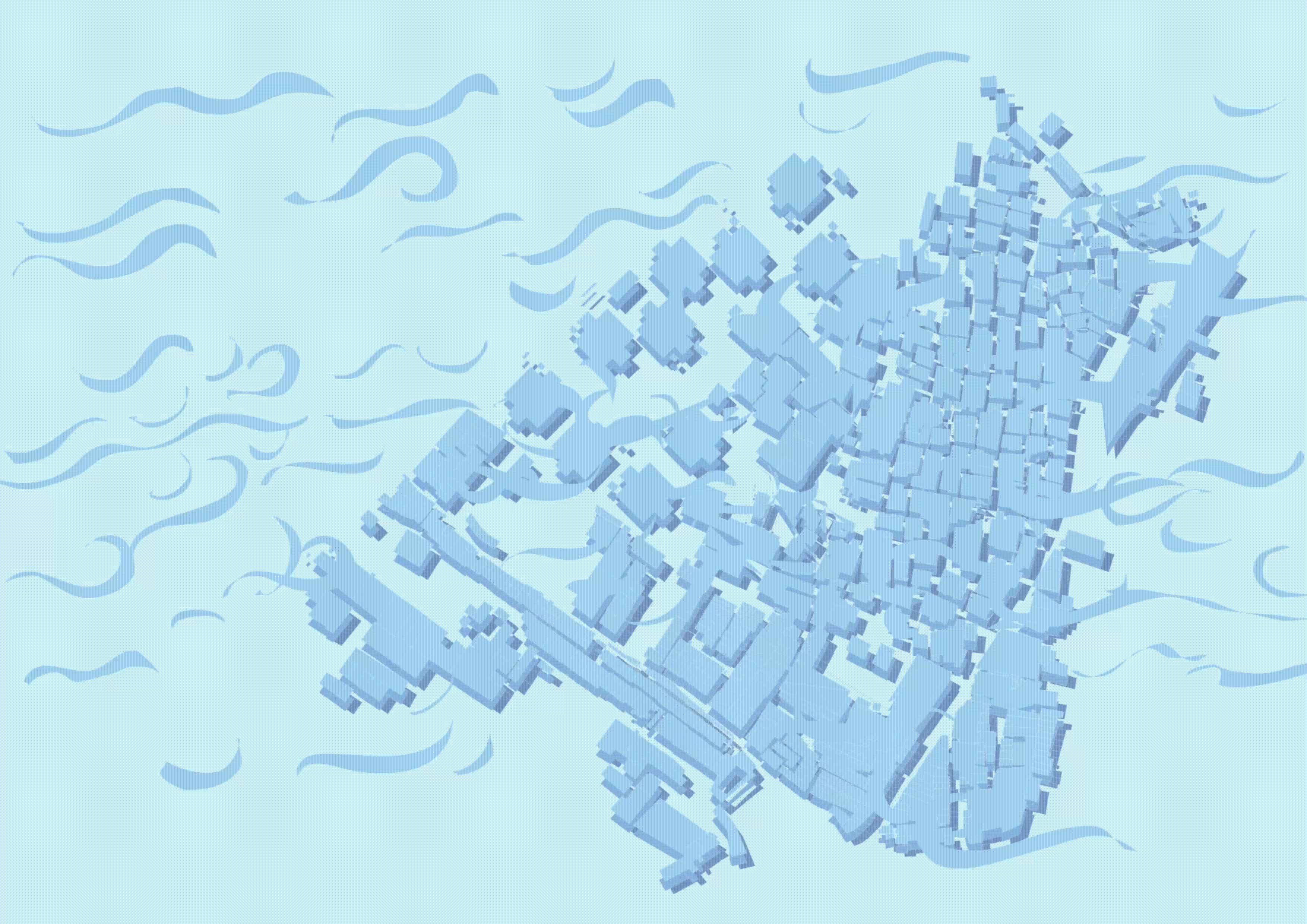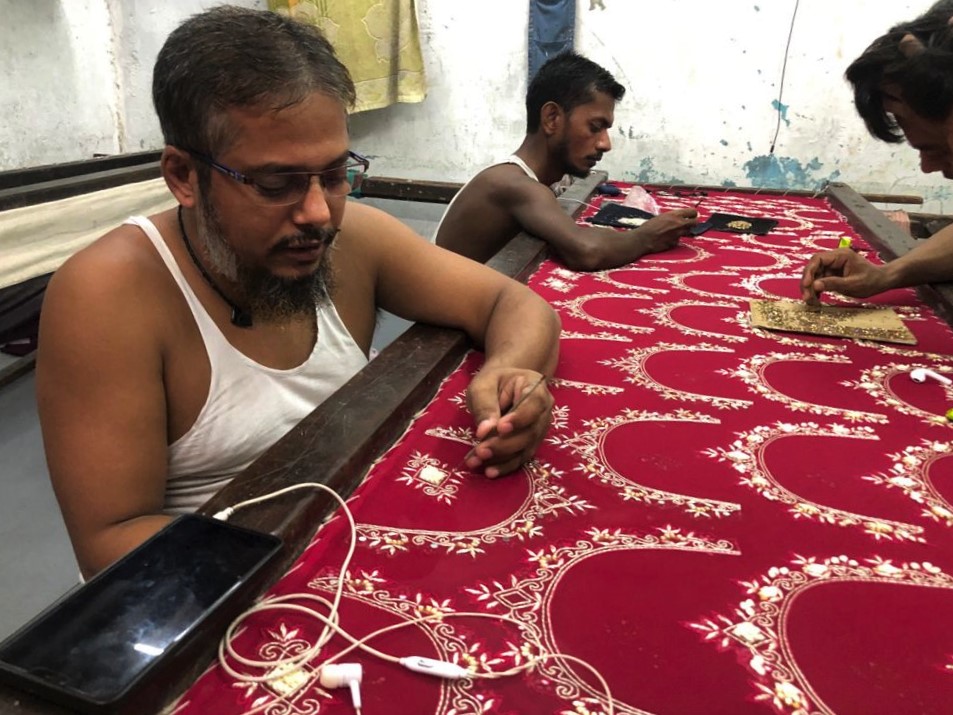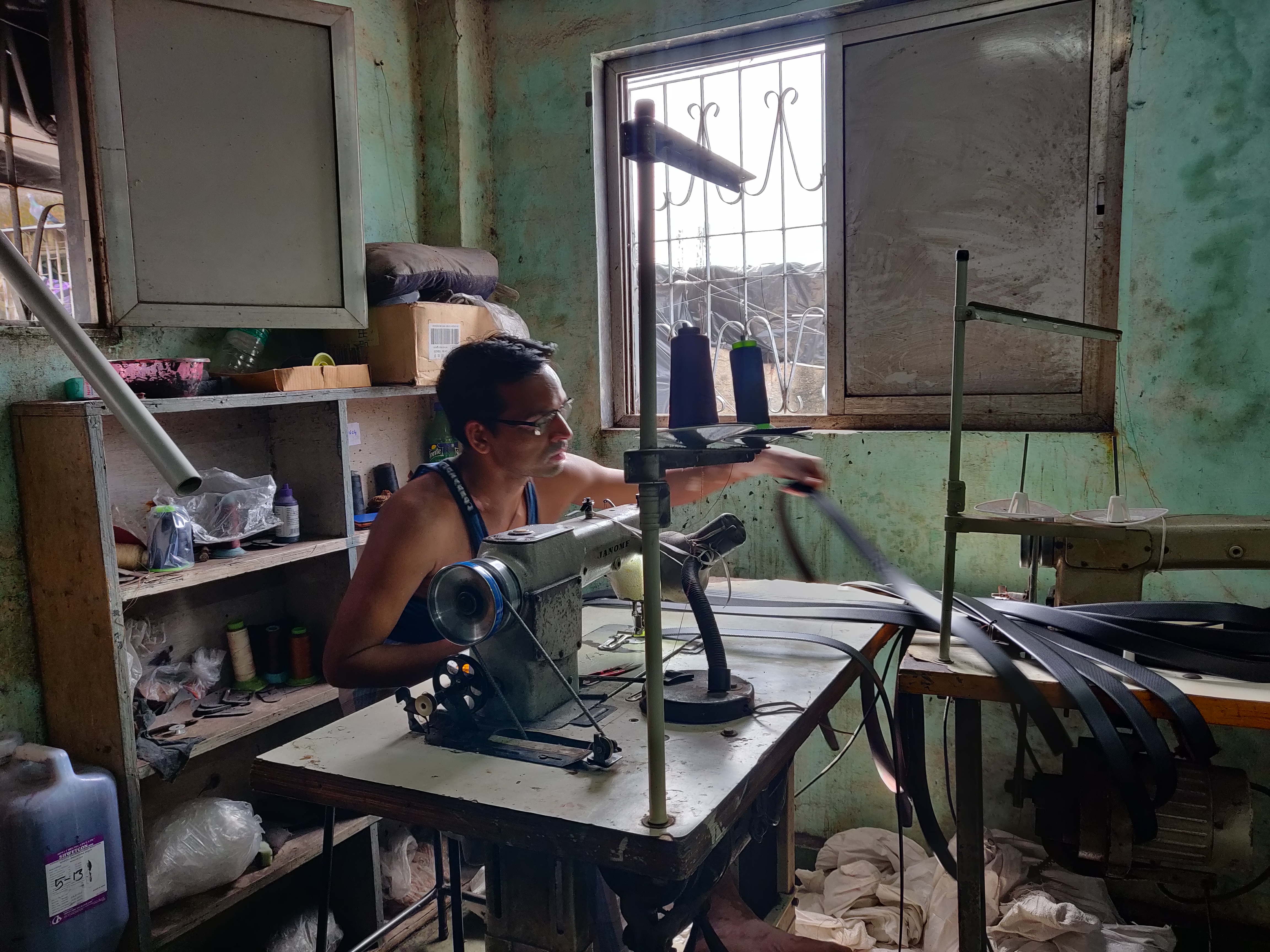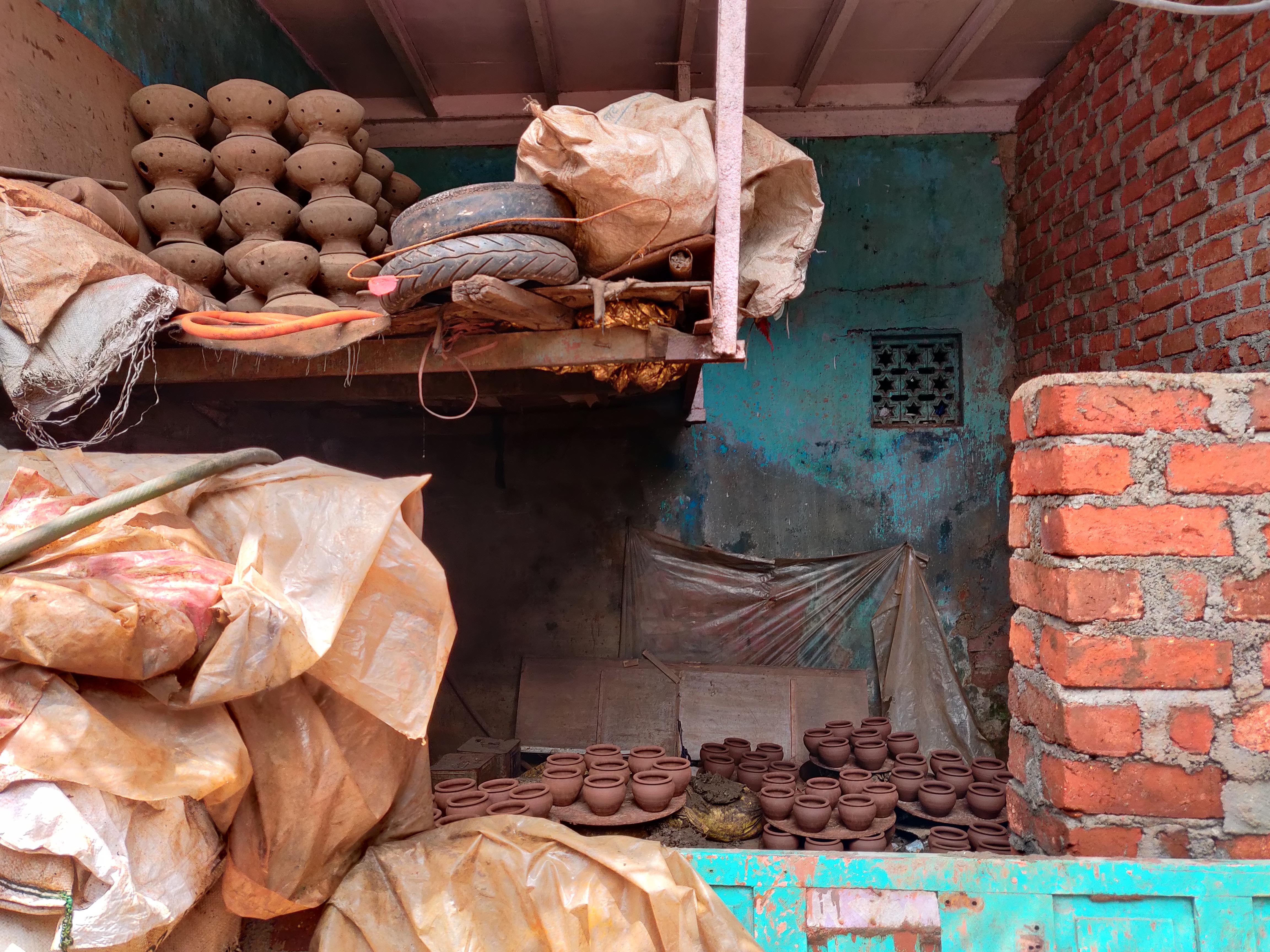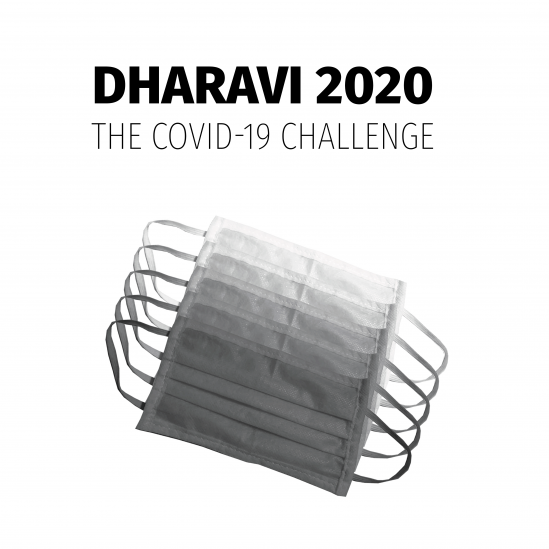20 result(s)
In a quiet corner of Dharavi, a small sculptor’s studio runs on tradition, patience, and mutual respect. Led by a young but deeply admired teacher, the space is both workshop and home. Here, idols are crafted slowly, shaped with care and rooted in custom. In a rapidly changing city, this studio offers stillness, a quiet commitment to craft and community.
Spontaneous workshopping through a 10-day-long Exhibition featuring community projects as part of the ABCD of Dharavi Koliwada
Koliwada Charcha is a week-long event with an interactive exhibition format, residents who visit will give feedback and comments about the 4 interventions planned for their neighbourhood. These interventions were identified by speaking with various stakeholder groups from Dharavi Koliwada, including the Dharavi Koli Jamat. The projects act as triggers to start thinking and strategising about an alternative development model for Koliwada, as part of the Action Based Comprehensive Development plan for Koliwada, or the ABCD.
Koliwada's are fishing hamlets in Mumbai city and unlike most settlements, they extend beyond terrestrial boundaries. The waters of rivers, creeks and seas, all form part of an amphibious habitat that is integral and deeply familiar to the Kolis.
In the third part of this series, we explored the elaborate process that goes into embroidery (locally known as zari work).
In the second part of this series, we explore two leather workshops near the 90 feet road in Dharavi, to understand where and how all processes in the creation of leather products are carried out.
In a new series, we re-explore the homegrown streets of Dharavi in search of local arts and crafts. First in the series- Dharavi's famous Kumbharwada
More than a third of Bogota, the capital of Colombia, is estimated to be self-built by the inhabitants, mainly in the periphery of the city. In this article, we learn from Andrés Sánchez of urbz Colombia about the emerging forms of organisation and constant transformation in these self-built neighborhoods.
urbz researched and reported on the ground realities in Dharavi during the COVID-19 pandemic. This series of reports was published from April to November, 2020. We have compiled a collection of four pandemic-focused articles, fifteen Dharavi Weekly issues, and five Dharavi Fortnightly issues available for download.
